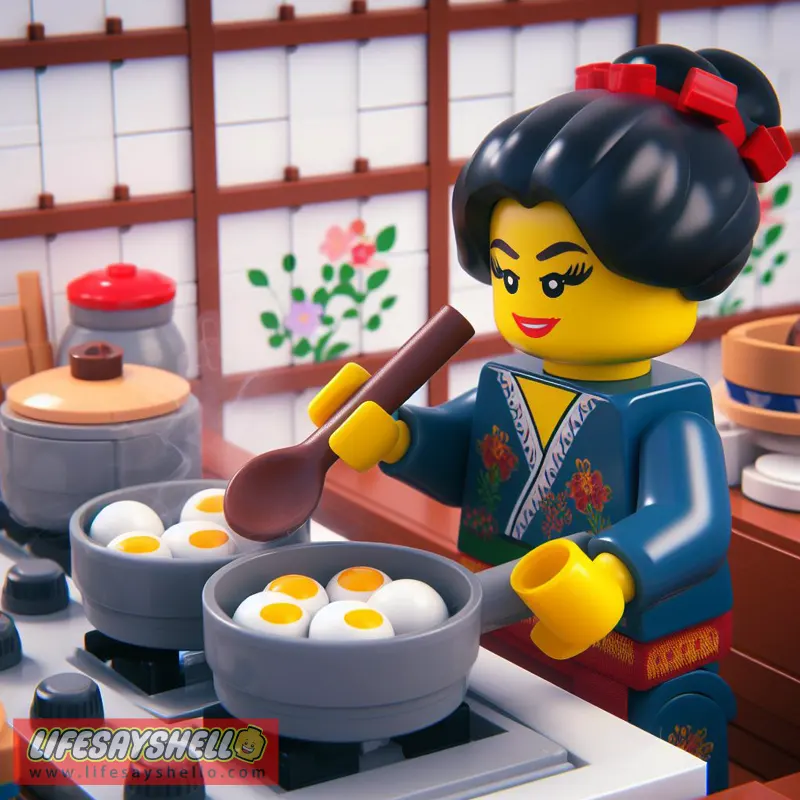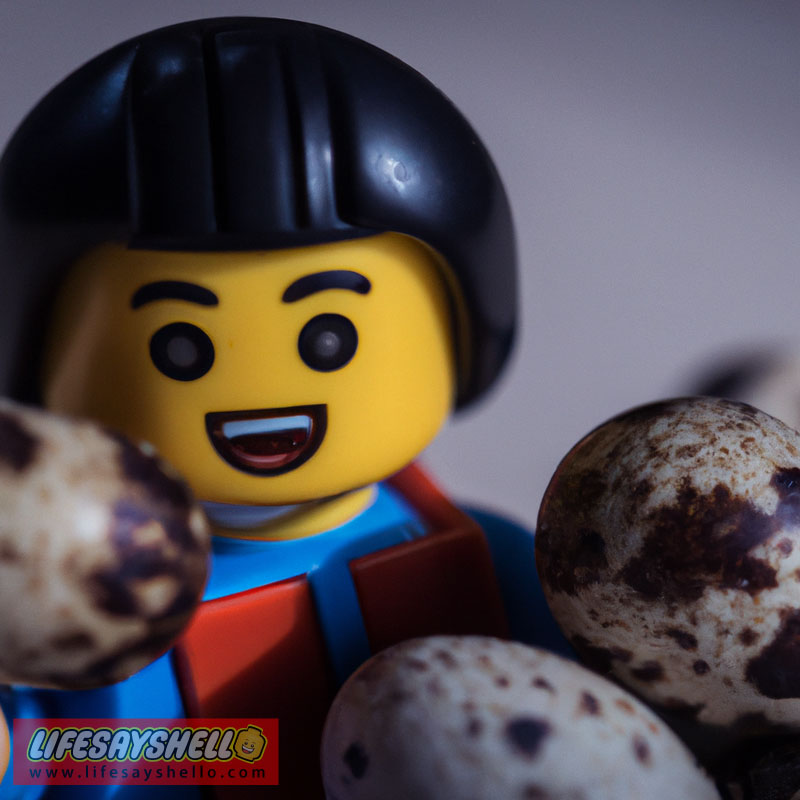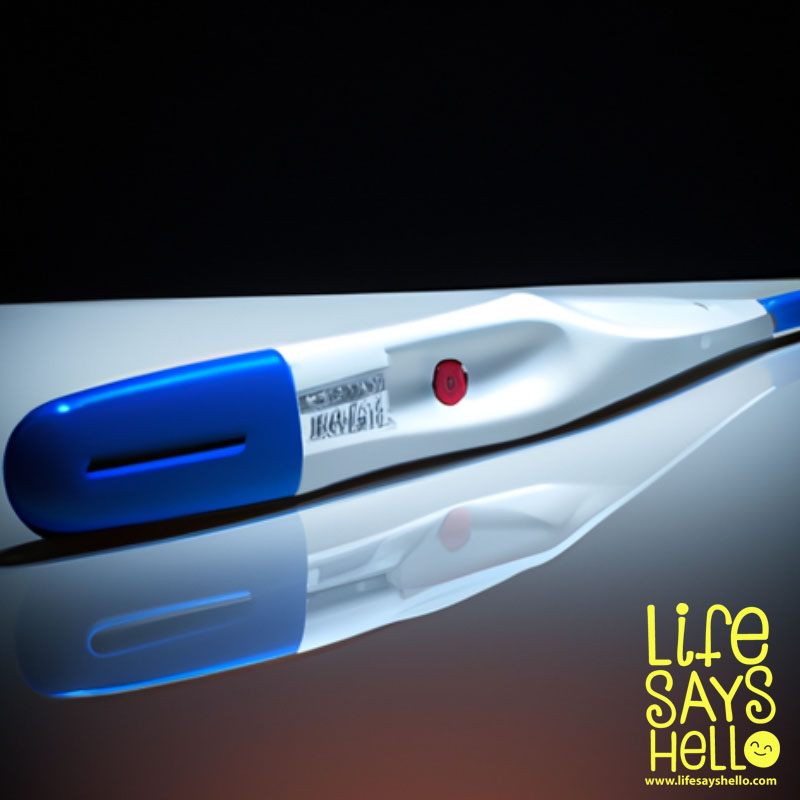How Long Should You Boil Eggs? The Ultimate Guide to Perfectly Cooked Eggs

Have you ever bitten into a boiled egg only to find a slimy, undercooked yolk? Or perhaps the yolk is dry and chalky from overcooking. No one wants rubbery egg whites either.
Getting the boiling time just right can be tricky. But with a few simple tips, you can master the art of perfectly cooked boiled eggs.
In this complete guide, you’ll learn:
- The best methods for boiling eggs
- Exact boiling times for soft, medium, and hard-boiled eggs
- Tips to easily peel your eggs every time
- Common mistakes to avoid
Plus plenty of extra info to help you become a boiled egg expert!
An Egg-cellent Place to Start
Before we dive in, let’s cover the basics.
Boiled eggs are a super versatile ingredient. They can be enjoyed on their own as a snack or protein source. Or used to make egg salad, deviled eggs, and more.
The main factor that determines the final texture is the cooking time.
Soft boiled = The yolk remains runny while the white is firm. The shortest cooking time.
Medium boiled = The yolk is thicker but still a bit soft and moist in the middle.
Hard boiled = The yolk is solid all the way through. This takes the longest cooking time.
Getting this right every time just takes a little practice. The good news is, once you’ve figured out your ideal boiling times, you can replicate it perfectly again and again.
Now let’s look at the two main methods for boiling eggs.
Method 1: Boil Water First
This is the most common and straightforward technique:
Bring a pot of water to a rapid boil. Use enough water to fully submerge the eggs.
Gently lower the eggs into the boiling water with a spoon or ladle. This prevents cracking the shells.
Start a timer for the desired cooking time based on how you want the yolks.
When done, immediately transfer eggs to an ice bath. Let cool completely before peeling.
The main advantage of this method is you start with boiling water. So the eggs cook from hot temps right away, which helps set the whites quickly.
Just be careful not to drop or tap the eggs when placing in the pot. Cracking the shells early can cause ragged whites.
Now let’s look at ideal boiling times.
Boiling Times for Soft, Medium, and Hard Eggs
Cooking time is the #1 factor for getting your desired egg consistency.
Here are general guidelines for boiling times from various sources:
Soft Boiled Eggs
3 minutes = Very soft and runny yolks with slightly set whites. Great for dipping toast soldiers.
4 minutes = Runny, liquidy yolks. The whites will be firmer but still tender.
5 minutes = The yolk center will be thickened but still very soft. Whites are set.
6-8 minutes = Yolks are thicker but still soft in the middle with set whites.
For soft boiled eggs, err on the lower end of cooking times. You can always add another minute if needed. But overcooking by just 30 seconds can take you from perfect runny yolks to overdone.
Medium Boiled Eggs
6 minutes = The yolk is firmer and starting to thicken throughout but still a bit soft and moist in the middle. Great for egg salad.
7 minutes = Yolks are set around the outer edge but still have a slight softness in the middle.
8 minutes = Yolks are mostly set with just a small amount of softness in the very center. Whites are firm.
Medium boiled eggs are very versatile. They hold their shape well for slicing over salads or sandwiches. But the slight creaminess in the yolk adds great flavor.
Hard Boiled Eggs
10 minutes = Yolks are solid throughout but still moist. Whites are fully set.
12 minutes = Yolks are dry and crumbly all the way through. Whites are firm.
15+ minutes = Extremely overcooked. Rubbery whites and dry, chalky yolks. Don’t go this long!
Hard boiled eggs are great for egg salads, deviled eggs, or snacking. Some people prefer the dry, crumbly yolk texture. Just don’t overdo the cooking time or they become rubbery.
What Factors Affect Boiling Times?
While the times above work as general guidelines, keep in mind:
Egg size - Extra large eggs may take a minute or two longer than small or medium eggs.
Altitude - Increased elevation can extend cooking times. You may need to add 1-2 minutes if boiling eggs at high altitude.
Personal preference - Some people like very runny yolks while others prefer them more set. Experiment to find your ideal doneness.
The best way to nail down your perfect boiling time is to start in the middle of the range for the desired doneness. Then adjust up or down by 30 seconds each time until the results match your preferences.
Method 2: Start Eggs in Cold Water
This second technique starts with placing eggs directly into cold water, then bringing everything to a boil together:
Place eggs gently into a pot and cover completely with cold water. Use 1-2 inches of water above the eggs.
Bring water to a boil over high heat. Once rapidly boiling, remove from heat.
Let eggs sit in the hot water for the desired time, then transfer to an ice bath.
The advantage of starting eggs in cold water is it slowly brings them up to temperature. This can help prevent cracking.
But the downside is the eggs cook from a lower starting point, which may extend total cooking time.
Here are approximate boiling times for this method:
- Soft boiled - 4 minutes
- Medium boiled - 6-7 minutes
- Hard boiled - 12 minutes
You’ll still need to experiment based on your specific eggs, altitude, and personal preferences. But in general, it requires adding 1-2 minutes to times compared to starting with boiling water.
Either method can produce perfect boiled eggs with practice. Choose the one that best fits your kitchen routine and preferences.
Shock Eggs in Ice Water After Cooking
Once the eggs are cooked, transfer them immediately to a bowl of ice water. This stops the cooking process so they don’t overcook.
Let the eggs sit in the ice bath for at least 15 minutes until completely cooled. Eggs that are still warm are more likely to stick and tear when peeling.
Shocking in ice water also causes the egg to contract slightly from the inside, which helps separate the membranes from the shell. This makes peeling much easier!
Tips for Easy Peel Hard Boiled Eggs
If you’ve ever struggled to remove shell fragments, here are some handy tips:
Use Older Eggs
The fresher the egg, the harder it sticks to the shell. Boil eggs that have been in the fridge for at least a week. The air pocket between the membrane and shell gets larger as eggs age, making peeling easier.
Steam Before Peeling
After chilling cooked eggs, place them back in the empty pot, add a couple inches of water, and bring to a boil. Turn off heat, cover, and let steam for 1 minute. This helps loosen the membranes.
Crack Shells Before Peeling
Gently tap the egg on the countertop or sink to crackle the shell. Rotate and tap again to crackle all over. Peel starting at the cracks, and the shell should come off in large pieces.
Peel Under Running Water
Run cool water over the egg as you peel. This helps rinse away and prevent small shell fragments from sticking.
With these handy tips, you’ll be peeling eggs like a pro! Now let’s go over some common mistakes to avoid.
Mistakes to Avoid When Boiling Eggs
It can take a few tries to master the egg boiling process. Here are some common pitfalls and how to prevent them:
Overcooking
As we learned earlier, going even 1-2 minutes over the recommended time can dry out yolks or make whites rubbery. Start with shorter times and adjust up gradually if needed.
Undercooking
Undercooked eggs have very runny whites and unsettled yolks. Stick within the time ranges suggested earlier based on your preferred consistency.
Cracking Shells
Dropping eggs into boiling water or tapping while placing in the pot can cause cracks. Use care when handling raw eggs to keep shells intact.
Peeling When Warm
Peeling eggs straight out of hot water leads to sticking and ripped whites. Always chill in an ice bath first for easy, clean peeling.
Not Shocking in Ice Water
Skipping this step means eggs will overcook from residual heat, making peeling difficult. Ice water stops the cooking for tender eggs that peel beautifully.
Avoid these common mistakes, and you’ll be boiling eggs to perfection in no time!
Putting It All Together
Here’s a quick summary of the entire process for flawlessly boiled eggs:
Choose your method: boiling water first or starting eggs in cold water
Gently lower eggs into water; boil for desired time based on soft, medium, or hard consistency
Transfer eggs immediately to ice bath; chill for 15 minutes minimum
For hard boiled eggs: steam briefly before peeling to ease shells off
Peel eggs under cool running water to rinse away shell fragments
Enjoy your perfectly cooked boiled eggs!
With the proper technique, you can achieve boiled egg success every time. It just takes a few tries to determine your ideal boiling times.
The results are worth it for the versatile, protein-packed snack or ingredient that boiled eggs provide.
More Delicious Ways to Use Your Perfect Boiled Eggs
Now that you’ve mastered the boiling process, here are some tasty ways to use up your eggs:
Make deviled eggs by cutting hard boiled eggs in half, removing yolks, mixing with creamy filling, and piping back into the whites. Garnish with paprika or herbs.
Chop hard boiled eggs and add to fresh garden salads for extra protein.
Mash medium boiled egg yolks with olive oil, salt, pepper, and lemon juice for a quick egg salad to spread on sandwiches or toast.
Top spinach salads with sliced hard boiled eggs for protein-packed lunches.
Create an egg salad sandwich on croissants with chopped eggs, mayo, celery, onion, mustard, and spices.
Make an egg drop soup with boiled eggs sliced in half or quartered. Stir into chicken broth with cooked noodles.
With so many possibilities, boiled eggs can be eaten on their own or used to upgrade your favorite recipes.
Conclusion
That covers everything you need to know for boiled egg success!
To recap, choose your preferred boiling method and use the cooking time guidelines provided. Shock eggs in ice water, then peel under cool running water for easy, flawless results.
Adjust the times up or down to find your ideal soft, medium or hard boiled egg consistency. Then enjoy these protein-packed snacks in endless ways.
For more useful kitchen tips and family-friendly recipe ideas, check out the rest of the LifeSaysHello blog!




Comments